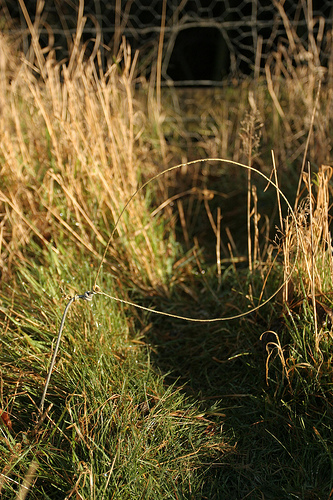Poaching
A dead adult tiger male can sell for U.S. $10,000 or more on the black market.
Tiger parts are considered one of the most desirable components in traditional medicine, especially in China. Not only do they used their native Tigers for local medications, China also became one of the biggest importer of tiger products from Southeast Asian countries, and then exported these medicines out of their countries.
Almost every part of a tiger can be utilised for traditional medicine. The whiskers are used for toothaches and strengthening, the eyes are believed to be able to treat illnesses such as epilepsy and malaria, as well as to reduce convulsions and the tail for various skin diseases. Even the bones are used to cure rheumatism and arthritis, strengthen muscles and prolong life (Hays, J., 2008).
Tigers bones are often mixed with wine or soup, to bring strength and prowess to any man who drinks it. Like all human bones, tiger bones comprised of mainly of phosphorous, calcium and iron. However, there is no scientific proof that tiger bones or any tiger parts provide health benefits to humans. In fact, the medicinal end product of tiger powder, contain sensation-causing arsenic and mercury to make consumers think it works.
Sumatran Tigers are predominantly hunted today using wire snares, which are designed to either hook the tiger’s leg or encircle around their neck. Poison, the Dutch colonial government’s method of choice in the early 1900s, is still being utilised now in limited quantities. Occasionally, a tiger will also be shot at when appeared in front of armed policemen or soldiers.

